A new recipe for Personalized Learning Plans
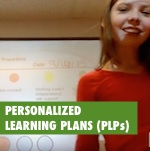 Rather than trying to get students to care about existing PLPs, some schools are revamping their PLP process to start with what students care about. They are asking students to pursue their passions by crafting projects based on their personal interests and deepest curiosities.
Rather than trying to get students to care about existing PLPs, some schools are revamping their PLP process to start with what students care about. They are asking students to pursue their passions by crafting projects based on their personal interests and deepest curiosities.
The new recipe that is emerging: start with a cool personalized project and then build the PLP around it.
Many educators faithfully followed the formula laid out by the Vermont Agency of Ed (AOE) as they began implementing Personalized Learning Plans. As a new PD Coordinator working with a number of schools, I created my own PLP and experienced the power of exploring my identity, setting goals, and reflecting on growth.
Yet what worked for me wasn’t such a big hit with all students. In many schools, PLPs fell flat. Despite the best efforts of educators, students asked “How can this be personal if I don’t care?”
Early glimpses of project-based PLPs
Some classrooms found great success with the formula of goal-setting based on learner profiles. Check out this recent blog post by Don Taylor and other examples at the PLP Pathways site to see the power of goal-setting in rich student-centered contexts. Teachers interweave goal-setting with the project-based learning that students are doing every day.
In some cases, the PLP process provided a vehicle for students to advocate for engaging learning opportunities. Fayston Elementary School, for example, launched PLPs with a process that was fairly typical other than giving students wide latitude in the types of goals they set. A few students set goals that morphed into independent projects. Soon almost every grade 5-6 student was pursuing passions and exploring personal interests.
When asked, students often point to project-based learning as encapsulating personalization. Students from Shelburne Community School who participated in the PLP (re)Design process came up with this elevator pitch:
“Our PLPs should have hands-on projects with more school time to work on them. We should have choice of a platform and an authentic audience (PLP fair, etc.) to share our learning.”
(See this site created by teacher Sam Nelson for background and resources on Shelburne Community School’s student-driven PLP reorientation.)
The VT Agency of Ed’s PLP guidance emphasizes that format is a “local school decision,” and the project-based PLP can meet Act 77 requirements just as well as one focused on structured goal setting.
As some middle schools begin to recenter PLPs around projects, here are four essential ingredients to this emerging recipe.
1. Hook ’em with a cool project
The rationale here is to take the excitement of a cool project and leverage it to drive the PLP process. The learning outcomes of the PLP, such as goal-setting, showing evidence of growth, and connecting personal identity to school, are all enabled by the project.
Personalized projects (aka passion projects or genius hours) emphasize student choice and often produce high engagement. This makes them well suited to be PLP vehicles.
Eric Brunvand, ELA teacher at Shelburne Community School, described the soft entry into formalized planning that they took with Personal Interest Projects (PIPs).
“We did not require students to create more than one or two action steps, instead we asked them to jump into their projects as soon as possible and then to set next steps as they went. I looked at it as you would a household project…you normally end up heading out to the hardware store more than once as you figure out exactly what the task entails.”
Engagement comes first.
Crossett Brook Middle School launched their Brainado project with a school-wide assembly and a video with highlights from the prior year.
2. Integrate planning and goal-setting
A project-based PLP inherently builds goal-setting into the process. In its simplest form, completing the project IS the goal of the PLP. The goal is concretely formulated as “I want to build ___,” “I want to learn about ___,” “I want to create ___,” etc.
Take a look at this initial planning sheet example from Shelburne Community School. Notice the word “goal” is not even mentioned.
At Crossett Brook Middle School students will create “product” and “process” goals for their Brainado project. Students will produce something to share (product). And they will also set a goal related to the Transferable Skills they will employ along the way (process).
This type of planning and concrete goal-setting can serve as a powerful scaffold for the more formalized goal-setting of high-school PLPs.
3. Tell the story
Project-based learning breaks up curriculum into palatable portions. Similarly, capturing the story of a project humanizes the documentation and reflection requirements of PLPs.
Check out the stories told by Fayston Elementary School students about their PLP projects. With a few simple prompts such as “Who helped you along the way?” and “How did you use Transferable Skills during your project?”, students created meaningful digital stories.
Crossett Brook Middle School has broken up documentation by project phase: before, during, and at the end. To support the roll-out of their new project-based PLPs, librarian Jen Hill and the student leadership team have developed a PLP web site with examples and guidance.
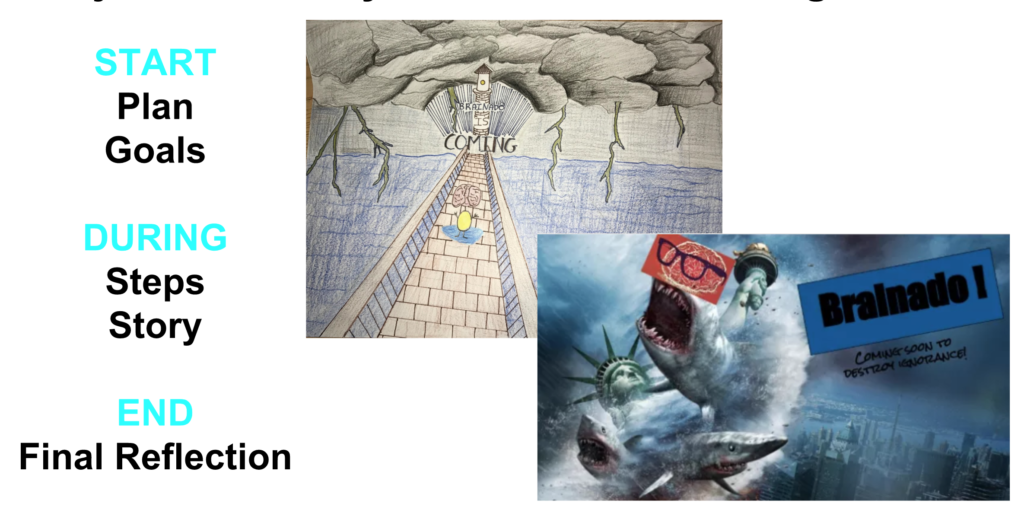
4. Incorporate the language of learning when the time is right
Once students are personally invested in a project, they have a story they want to tell. They are also more likely to want to show off what they have learned.
A well-crafted final reflection can synthesize learning and connect it to academic objectives such as proficiencies.
This reflection sheet from Shelburne Community School is a thing of beauty as far as I’m concerned. Students start by self-assessing their self-direction skills. Then they go through a series of questions and a checklist to trigger deeper thinking about their performance. And finally, they self-assess again based on this new thinking.
Swift House at Williston Central School primarily organizes the curriculum around project-based learning. This end-of-project reflection template shows how students set PLP goals at the beginning of the project and then provide evidence at the end of the project.
The extent to which formal learning language is used and when it is introduced depends on the context. But one thing is for sure: the more students care, the more likely they are to retain what they learn.
Personalized projects have always been a great tool for ensuring that students care about what they learn; and a growing number of Vermont schools are betting projects will be key to helping students care about their PLPs.
How could project-based PLPs work for your students?
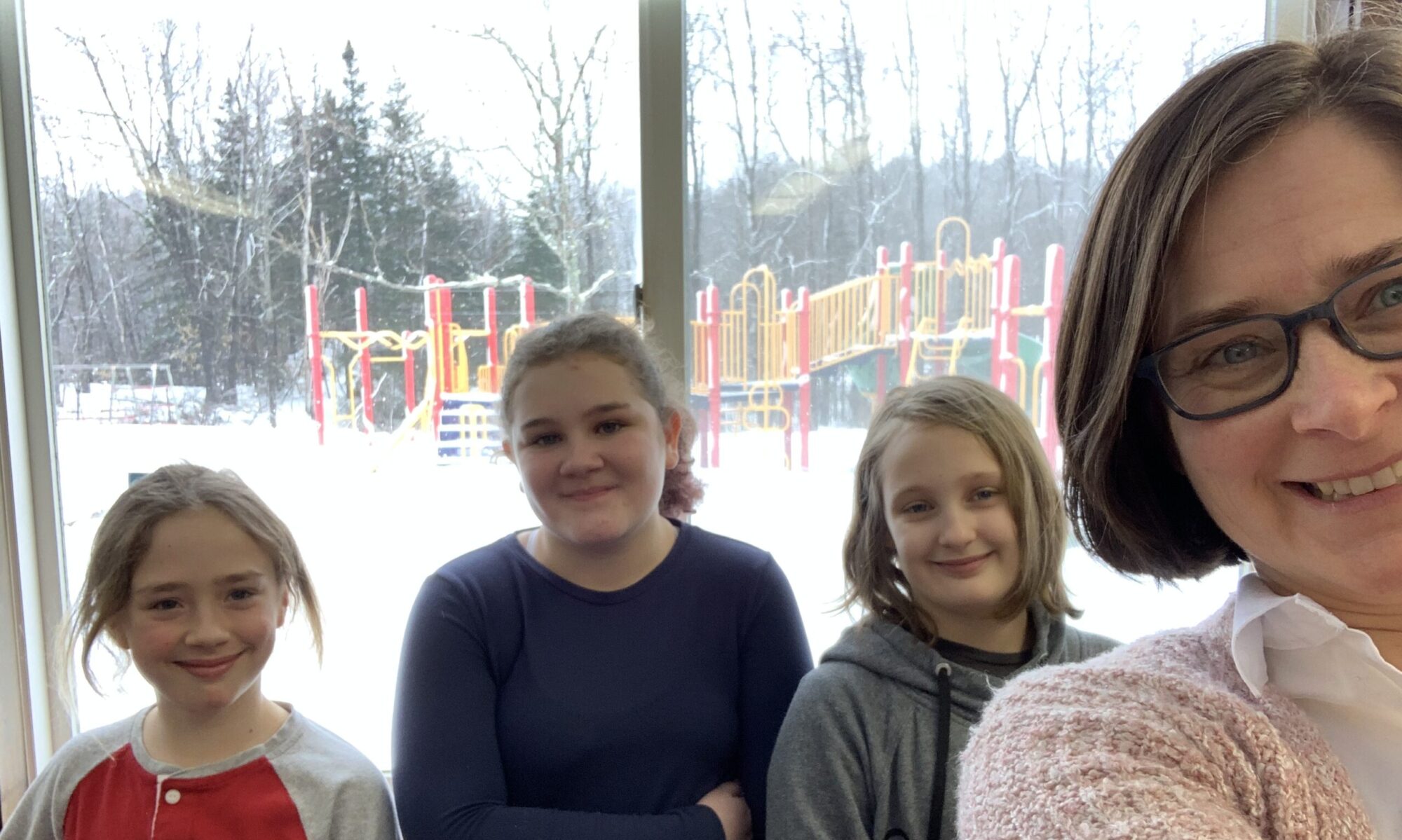

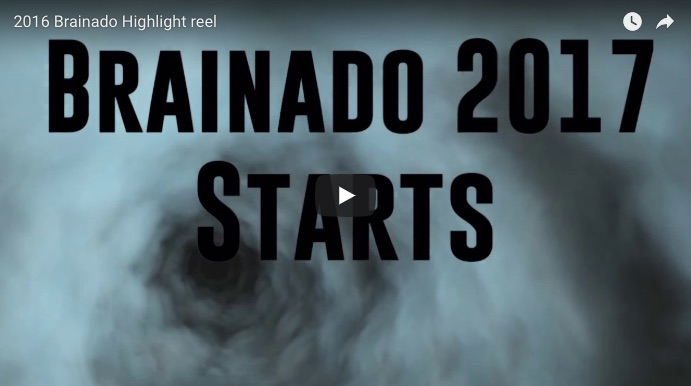
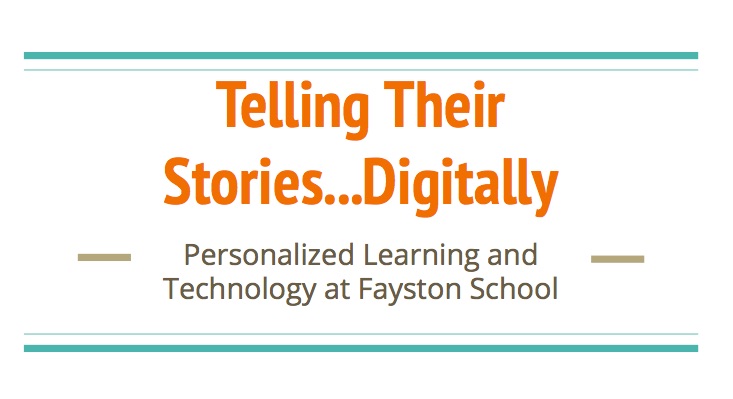
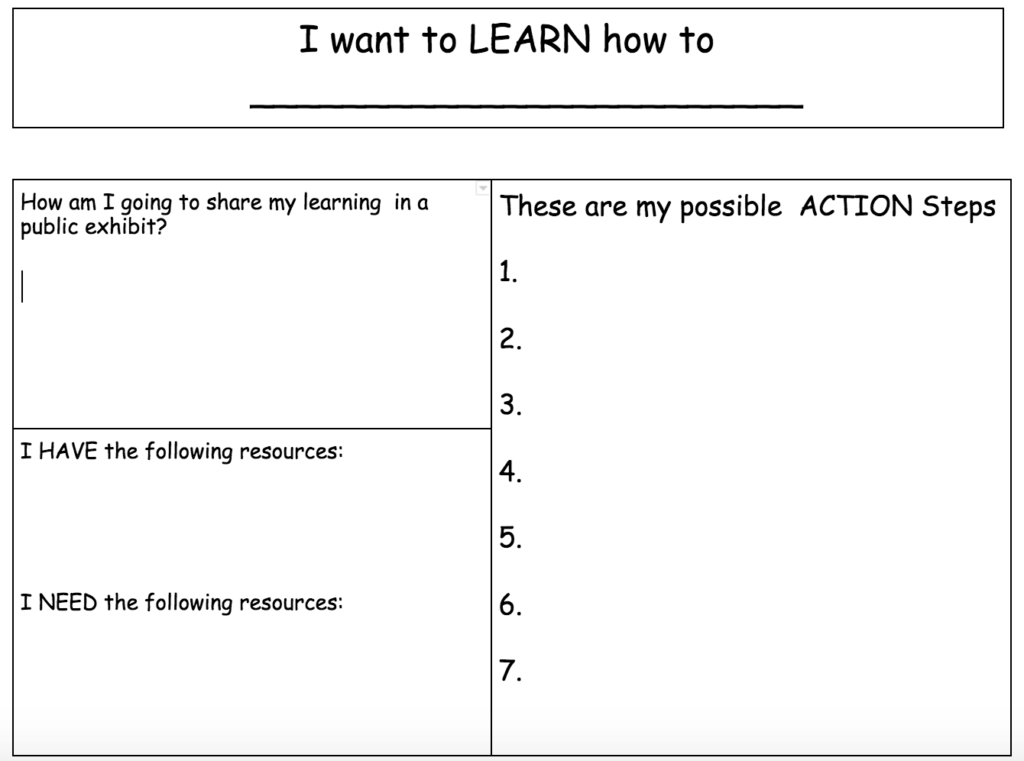
One Reply to “The rise of the project-based PLP”
Comments are closed.